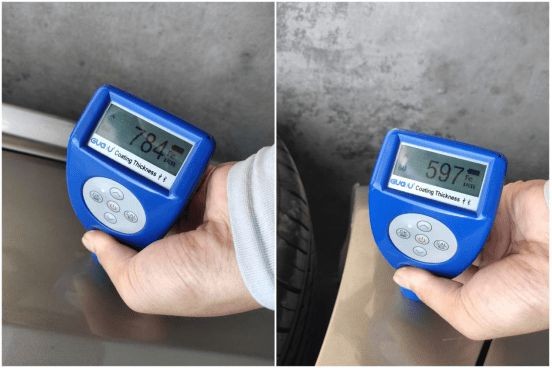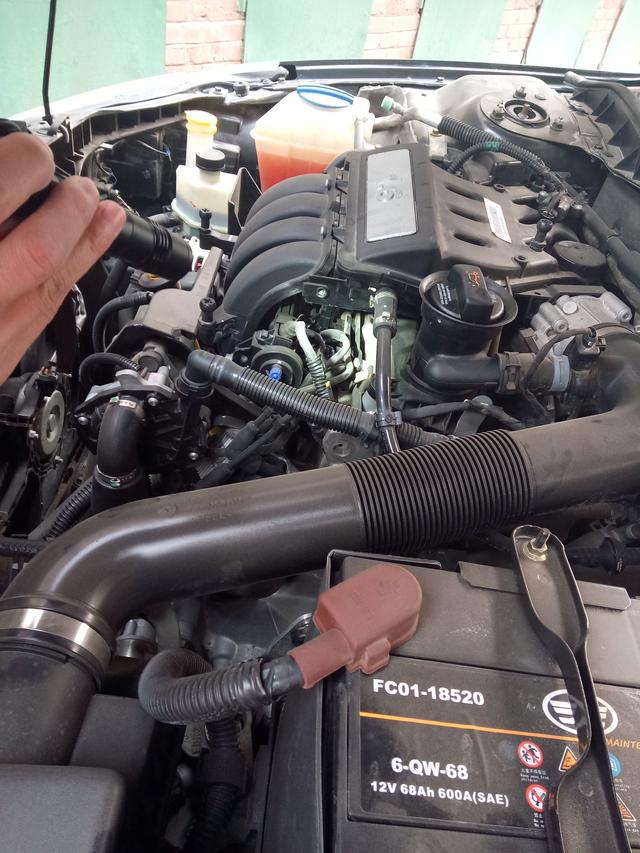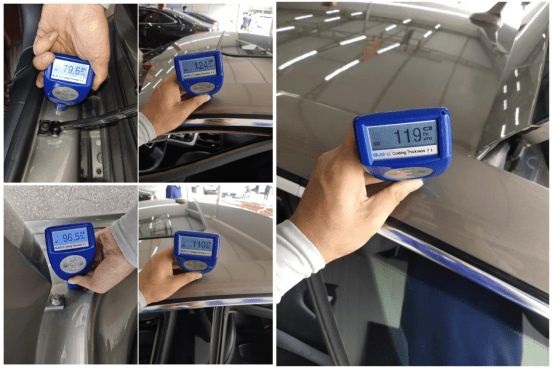Don't use the standard of a new car to measure a used car. New cars leave the factory with the manufacturer's standards, but there are many uncontrollable factors for second-hand cars. For example, city roads, driver's habits, local climate and so on. But it is necessary to recognize that the appearance of the vehicle will not affect the performance of the vehicle, but the appearance can reflect the maintenance and care of the car owner. Today, let’s talk about how to detect second-hand car.
1. Appearance of paint(coating thickness gauge )
second-hand car dealers will refurbish the exterior of the recovered vehicles to make up the paint and polish. The layman really can't see the degree of repair of the paint. Generally, the normal thickness of the original paint surface is about 110-120 microns, and the Japanese models are basically about 80-90 microns, and some models are about 200 microns. If the paint is re-painted and the polishing technology is good, the paint thickness will not be much different from that of the new car. The paint thickness is about 200. If the thickness of the repaired sheet metal is higher than 500 microns.

The paint surface values of the left rear door and left rear fender are 784 and 597, all of which have been repaired by sheet metal.
If it is not a professional person, it is difficult to see the sheet metal. It is really difficult for non-professionals to recognize it without the aid of tools. Let's not entangle the quality of the appearance, the appearance does not affect the performance of the vehicle. But from this small detail, we can initially understand the basic condition of the vehicle.
2. Engine compartment
Whether the screws on both sides of the inner lining of the fenders on both sides of the engine nacelle are loose, and there are traces of the loose screws. Looseness can indicate that the fender has been bumped, repaired and adjusted, such as severely replaced. Special attention should be paid to the disassembly and assembly of various parts of the engine and accessory bolts. Whether the engine has been overhauled and whether the oil pipeline has any signs of leakage. From the status of the line speed replacement, we can preliminarily detect whether there is water and fire.

3. The front panorama of the interior
Check the degree of wear of the interior dashboard and whether the bolts are disassembled and installed; check whether the main airbag and steering wheel have disassembly and disassembly traces of chromatic aberration. Are there any signs of corrosion on the bottom of the seat?

4. doors, A、B、C pillar
For the car door. First try the sound of closing the door, the overall line and gap of the door, and whether the door hinge has any traces of disassembly. This can determine whether the door has been replaced. Most importantly, pay attention to the rubber strips on the ABC column. Open the adhesive strip, if it is the original one. You will find no difference. Normal solder joints are very smooth. If the ABC column has been repaired and repaired, the location will be very rough. Normally repaired, there are no original solder joints, very smooth

5. Check the chassis
Be sure to find a repair shop to use a lift to test the chassis. The chassis is the best way to reflect the use of the vehicle. Not detecting the chassis is playing rogue. On the chassis, we can clearly see whether the engine variable box has been replaced or overhauled. The strength of the suspension system. Is there any serious underpinning and so on.






